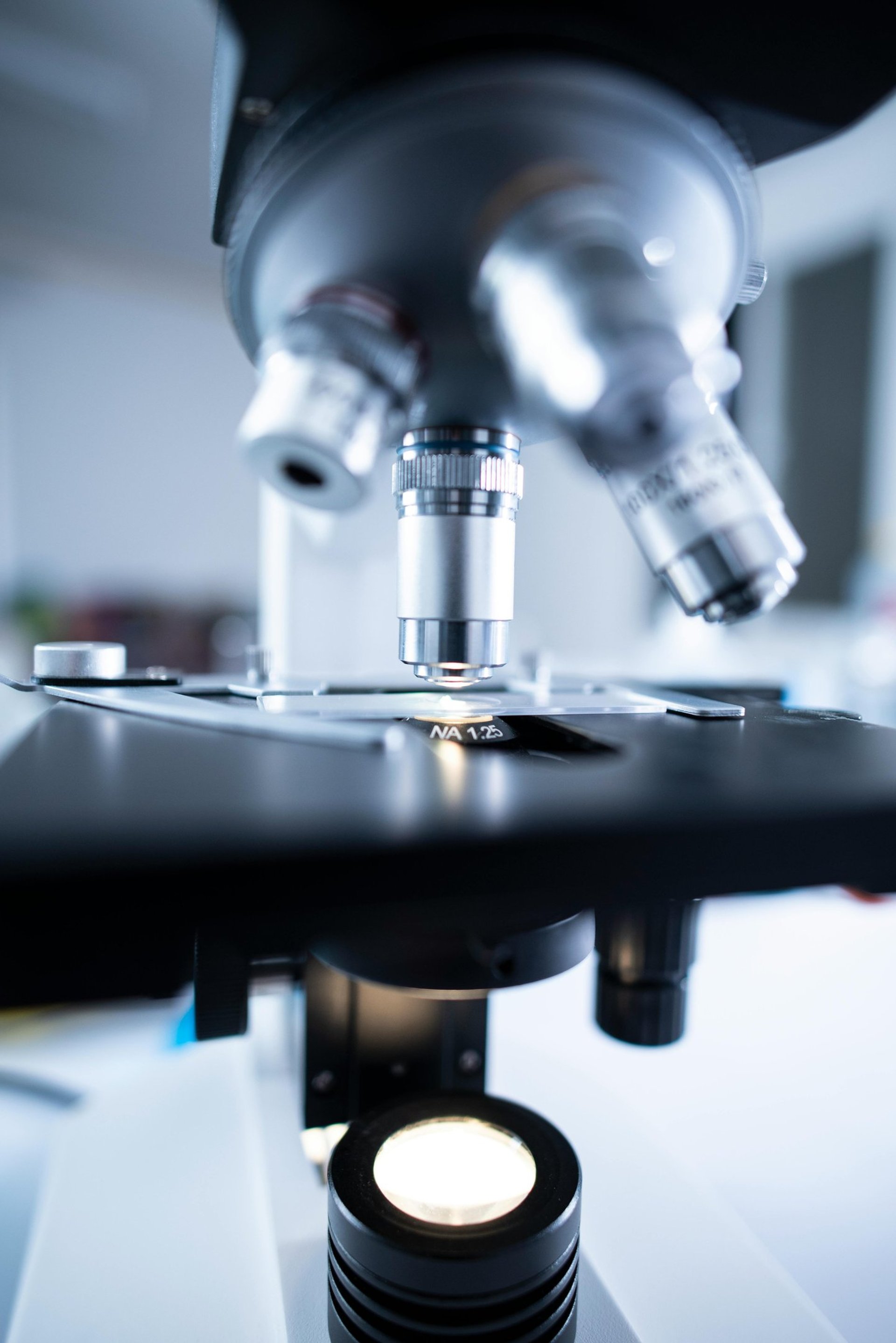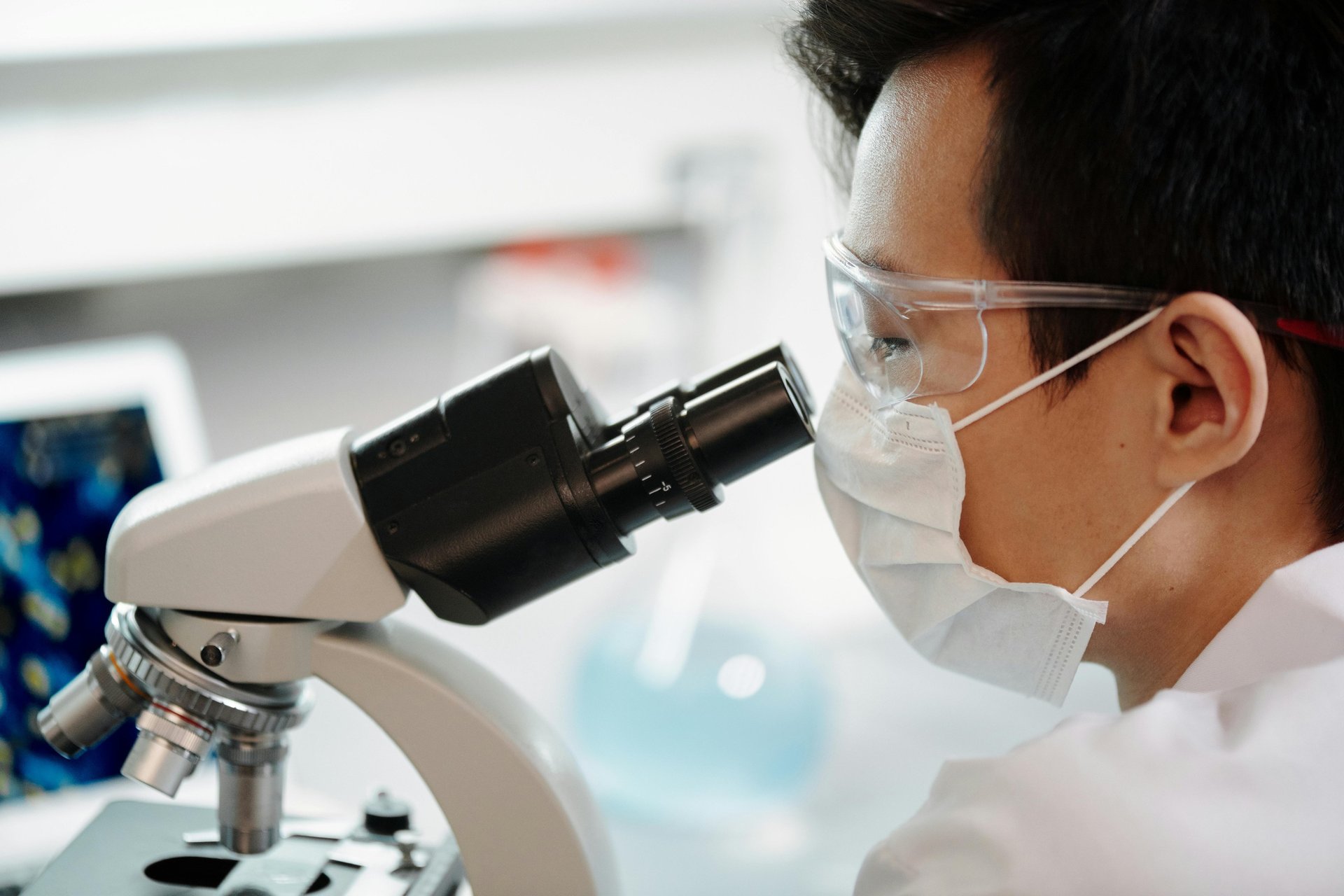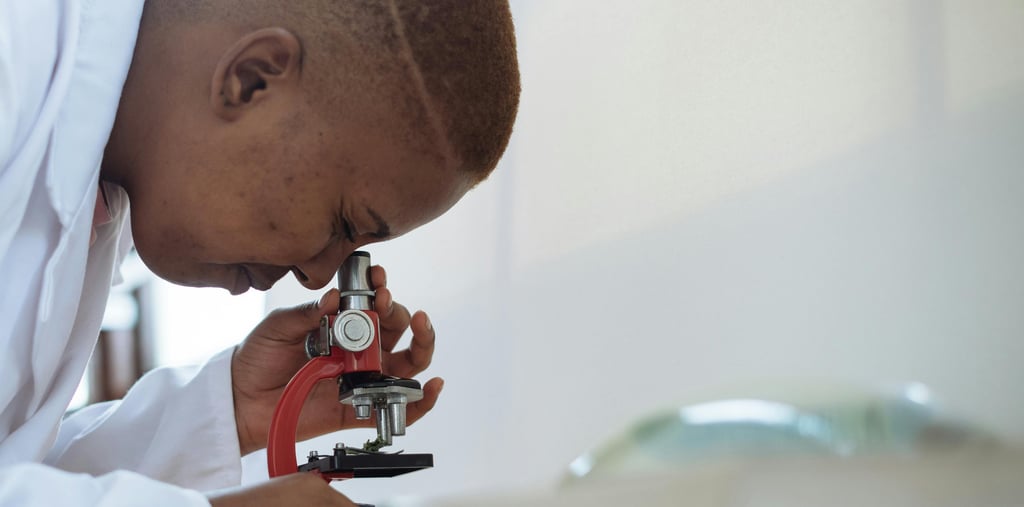
A laboratory binocular microscope is a sophisticated optical instrument specially designed for viewing small specimens and conducting detailed analyses in biological, medical, and industrial laboratories. Its unique binocular configuration allows for the use of two eyepieces, enabling the user to view samples in three-dimensional depth. This depth perception is crucial for a thorough understanding of the structure and morphology of the specimens under study.
### Key Features
1. Optical System: The binocular microscope typically features high-quality glass optics that deliver clear and crisp images. The lenses are often multi-coated to enhance light transmission and reduce glare, ensuring that details are visible in various lighting conditions.
2. Magnification: The microscope typically offers a range of magnification options, usually from 40x to 1000x. This versatility allows researchers to observe specimens at different levels of detail, simply by switching between different objectives.
3. Illumination: Adequate lighting is vital for effective microscopy. Most laboratory binocular microscopes come equipped with built-in illumination systems, such as LED or halogen lights, which provide bright and even lighting to enhance specimen visibility. Some models also feature adjustable brightness settings, allowing users to adapt the light intensity based on the specific requirements of their study.
4. Stage Mechanism: A mechanical stage is a common feature found in binocular microscopes. This stage allows for precise movements of the specimen slide, facilitating easy adjustments in the x and y-axis. Some microscopes also include a stage with a vernier scale for more accurate positioning, essential for detailed imaging and analysis.
5. Ergonomic Design: The design of binocular microscopes is often ergonomically crafted to enhance user comfort during prolonged use. Features such as adjustable eyepieces, rotating nosepieces, and tiltable heads minimize strain on the user's neck and eyes.
6. Durability: Laboratory binocular microscopes are built to withstand the rigors of daily use in demanding environments. They are often constructed from high-quality materials, ensuring longevity and reliable performance over time.
### APLICTION
Laboratory binocular microscopes find widespread use in various fields, including:
- Biology: Researchers use binocular microscopes to study microorganisms, cell structures, and tissue samples, aiding in advancements in cellular biology and pathology.
- Medicine: In clinical laboratories, these microscopes play a crucial role in diagnosing diseases by allowing pathologists to examine blood smears, tissue biopsies, and other samples for abnormalities.
- Education: They are invaluable tools in educational settings, providing students with the opportunity to explore microbiology and histology up close.
- Material Science: Engineers and material scientists use binocular microscopes to analyze the properties of materials, evaluate surface finishes, and conduct failure analysis.
### Conclusion
In conclusion, a laboratory binocular microscope is an essential instrument that greatly enhances the capabilities of researchers and technicians across diverse scientific fields. By providing detailed and high-resolution imagery, these microscopes enable users to make precise observations that are fundamental to their work, ultimately contributing valuable insights to the broader scientific community.

High-Quality Microscope with Multiple Objective Lenses
Explore our advanced microscope featuring 5x, 10x, 40x, 45x, and 100x objective lenses, along with 10x, 15x, and 20x eyepieces. This robust microscope includes a heavy cast iron base, a stage plate with mechanical three motion slide, and a 360-degree rotating head for versatile use.
STUDENT MICROSCOPE
4/30/20242 min read


Student microscope with 10x45x objective lens, 10x eye piece, heavy cast iron base, stage plate with clip, 2 motion slide working by rack pinion with knobs.
